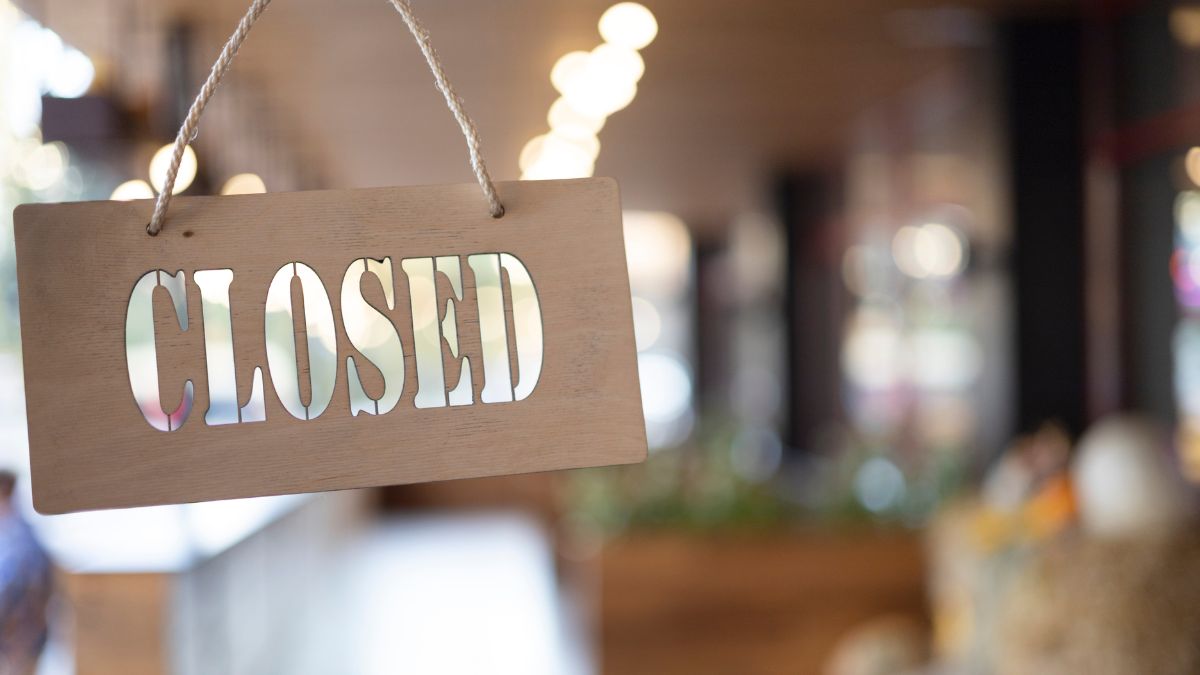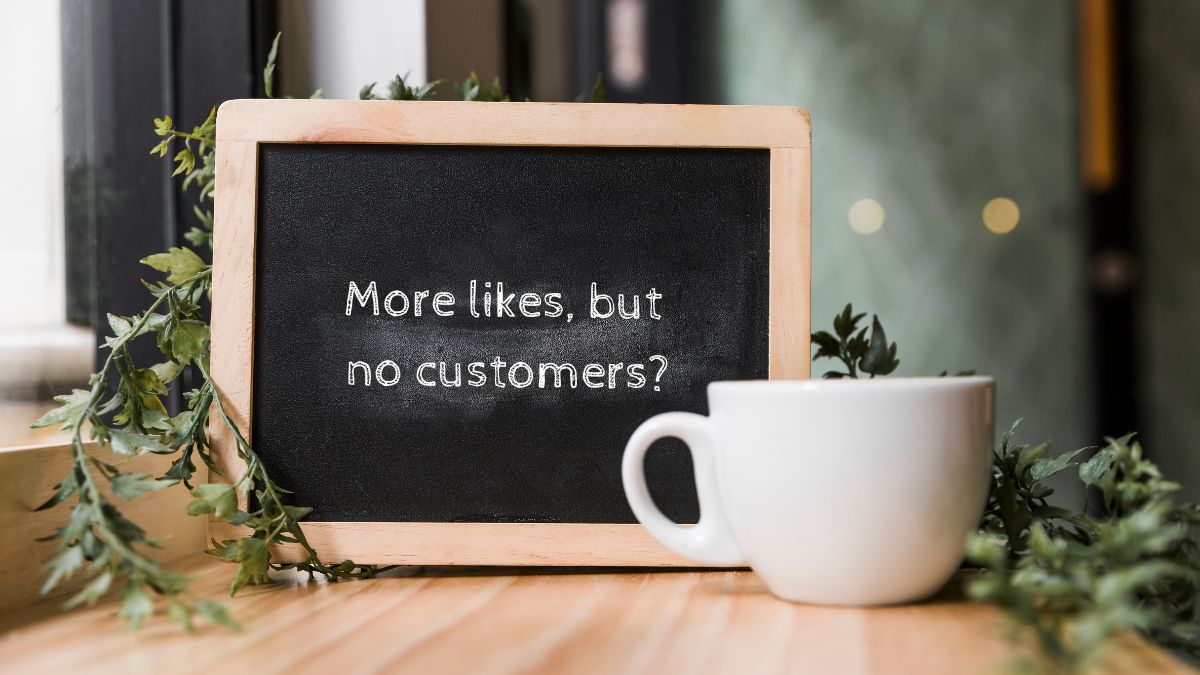Sarah thought she had everything figured out when she opened Brew & Bloom in downtown Austin. Premium beans from a local roaster, Instagram-worthy latte art, and a cozy atmosphere that screamed “third place.” Six months later, she was staring at declining foot traffic while the Starbucks across the street had a line out the door.
The harsh reality? Most independent coffee shop owners struggle not because they make bad coffee, but because they treat their business like a hobby instead of a strategic operation. The coffee shops that thrive long-term have mastered systems that go far beyond pulling the perfect espresso shot.
If you’re running an independent coffee shop and watching customers choose convenience over quality, or if you’re planning to open and want to avoid the most common pitfalls, these 10 proven strategies will help you build a profitable coffee business that becomes an integral part of your community.

1. Prioritize specialty coffee quality and consistency in every cup
Great coffee isn’t just about expensive beans—it’s about consistency that builds trust. When customers walk into your cafe, they’re not just buying caffeine; they’re investing in an experience they can rely on.
This means having standardized recipes, properly calibrated equipment, and staff who understand that a “medium roast latte” should taste exactly the same whether it’s made on Monday morning or Friday afternoon.
The key to coffee shop success lies in your supply chain relationships and quality control systems. Partner with specialty coffee roasters who can provide detailed tasting notes and brewing recommendations for each origin.
Invest in commercial espresso machines that match your daily volume—under-powered equipment can’t handle busy periods without compromising quality.
Implement daily cupping sessions with your team and track extraction times, temperatures, and customer feedback to maintain standards that keep people coming back.
According to the National Coffee Association (NCA), 63% of Americans drink coffee daily, and 60% of those drinks are gourmet/specialty. Consistency is the differentiator in keeping those customers loyal. (Source: NCA National Coffee Data Trends 2023)
2. Train your coffee shop staff like industry professionals
Your baristas are the face of your brand, and inadequate training is the fastest way to lose customers. A poorly trained employee doesn’t just make bad drinks—they create negative experiences that spread through social media and word-of-mouth.
Professional barista training should cover everything from espresso extraction ratios to handling difficult customer situations with grace.
Effective coffee shop employee training goes beyond just brewing techniques. Create detailed training manuals that cover your specific recipes, POS system operation, opening and closing procedures, and most importantly, your café’s personality and values.
Schedule regular skill assessments and provide ongoing education about coffee origins, brewing methods, and upselling techniques.
When your team understands the story behind your Ethiopian single-origin and can explain why it pairs perfectly with your house-made almond croissant, they become sales ambassadors who genuinely increase your average transaction value.
According to a 2023 report by Deloitte, organizations with a strong learning culture had 30% to 50% higher employee engagement and retention compared to peers. (Source: Deloitte Human Capital Trends 2023)
3. Design your coffee shop layout for maximum efficiency and profit
A beautiful Instagram-worthy coffee shop means nothing if your workflow creates bottlenecks during peak hours. The most successful independent coffee shops understand that layout directly impacts profitability.
Your espresso bar should follow a logical sequence that minimizes barista movement, your pickup area should prevent customer congestion, and your seating arrangement should maximize revenue per square foot.
Strategic coffee shop interior design balances aesthetics with operational efficiency. Position your espresso machine and grinder to create a smooth workflow triangle with your milk station and cup storage.
Design your counter height and depth to accommodate your tallest barista comfortably—ergonomic issues lead to slower service and employee turnover.
Consider traffic flow during rush hours: customers should be able to order, pay, and wait without blocking others. The most profitable coffee shops also strategically place their retail merchandise and daily specials where customers naturally look while waiting.
4. Create a coffee shop loyalty program that drives repeat business
Effective customer loyalty programs for coffee shops aren’t just digital punch cards—they’re data collection tools that help you understand and serve your community better. Regular customers form the backbone of any successful independent coffee shop, visiting more frequently and spending more per visit than occasional customers.
Your loyalty program should reward frequency while gathering insights about purchasing patterns and preferences.
The best small business loyalty programs create emotional connections, not just transactional rewards. Instead of the generic “buy 10, get 1 free” approach, consider tiered rewards that recognize your biggest supporters.
Offer early access to seasonal drinks, exclusive tasting events, or partnerships with local businesses. Use your POS data to send personalized offers—if Sarah always orders oat milk lattes on Tuesday mornings, surprise her with a free pastry upgrade.
This level of personalization is what separates thriving independent coffee shops from corporate chains.
5. Expand your coffee shop menu to increase average transaction value
Strategic menu expansion for coffee shops requires understanding your customer demographics and local market demands. Adding food items can significantly increase your average ticket, but only if you choose complementary products that align with your brand and capabilities.
Analyze your peak hours, customer dwell time, and local competition before deciding whether to offer full breakfast, grab-and-go options, or artisanal pastries.
Successful coffee shop food menu planning considers both profitability and operational complexity. Partner with local bakeries for fresh pastries rather than investing in baking equipment you can’t fully utilize.
Offer breakfast sandwiches and grain bowls that can be prepared quickly during rush hours. Seasonal menu items create excitement and social media content while allowing you to test new concepts with limited risk.
Track the food cost percentage for each item and regularly review which products drive the highest profit margins versus those that simply increase perceived value.
6. Build strong community relationships to become your neighborhood’s third place
Independent coffee shops thrive when they become integral parts of their local community ecosystem. This means understanding your neighborhood’s rhythm—when do local office workers need their morning fuel? When do parents drop by after school pickup? When do remote workers seek a productive atmosphere?
Your operating hours, promotional calendar, and even your playlist should reflect your community’s needs and preferences.
Creating authentic community partnerships goes beyond just hanging local art on your walls. Host weekly events that bring people together: book clubs, acoustic music nights, or small business networking meetups.
Partner with nearby businesses for cross-promotions—offer discounts to employees of the accounting firm next door, or create a “shop local” passport with other independent businesses.
Sponsor little league teams, donate coffee to PTA fundraisers, and participate in neighborhood festivals. These relationships create emotional loyalty that corporate chains simply cannot replicate.
7. Implement daily coffee shop operations and cleaning systems
Behind-the-scenes organization directly impacts your front-of-house customer experience and profit margins. Effective prep work and cleaning routines prevent the afternoon rush disasters that drive customers away permanently.
Professional coffee shop operations require detailed checklists, inventory management systems, and quality control procedures that ensure consistency regardless of which employee is working.
Systematic daily operations for coffee shops reduce waste, improve efficiency, and maintain health department compliance. Create opening and closing checklists that cover equipment calibration, ingredient prep, and deep cleaning tasks.
Implement FIFO (first in, first out) inventory rotation to minimize waste on perishables like milk and baked goods. Track your waste weekly—successful coffee shops maintain tight control over inventory losses.
Establish relationships with local farms or composting services to handle coffee grounds and food waste responsibly, which often becomes a talking point that customers appreciate.
8. Create a memorable coffee shop atmosphere that encourages longer visits
Your coffee shop’s ambiance directly influences customer behavior, spending patterns, and word-of-mouth marketing. The most successful independent cafes understand that people aren’t just buying coffee—they’re paying for an experience, a feeling, a temporary escape from their routine.
Every sensory element in your space should support the emotional experience you want customers to associate with your brand.
Strategic coffee shop ambiance design considers both peak efficiency and customer comfort. Your morning rush requires energizing music and bright lighting that moves people efficiently, while your afternoon crowd prefers softer sounds and warmer lighting that encourages longer stays and higher spending.
Invest in quality speakers and create different playlists for different times of day. Consider scent marketing—the smell of fresh coffee beans and baked goods should greet customers at the door.
Your seating mix should accommodate various needs: bar stools for quick visits, comfortable chairs for meetings, and communal tables for laptop users.
9. Optimize coffee shop takeout and delivery operations for additional revenue
Even the most community-focused coffee shops need strong takeout and delivery systems to remain competitive. Mobile ordering and third-party delivery platforms have become essential revenue streams for successful independent coffee shops.
However, off-premise sales require different packaging, timing, and quality control considerations than in-store service.
Effective coffee shop delivery and takeout strategies maintain quality while expanding your customer base. Invest in packaging that keeps drinks hot and prevents spills—disappointed delivery customers rarely give second chances.
Create a separate pickup area to prevent delivery drivers from disrupting your in-store experience. Partner strategically with delivery platforms, understanding their commission structure and customer demographics.
Consider offering exclusive delivery menu items or bundled deals that increase average order values. Most importantly, maintain the same quality standards for off-premise orders—your brand reputation travels with every delivery bag.
10. Choose the right coffee shop POS system for data-driven growth
Your point-of-sale system should be a business intelligence tool, not just a cash register. The right coffee shop POS system provides insights into peak hours, best-selling items, customer preferences, and staff performance metrics that inform strategic decisions.
Modern systems integrate inventory management, employee scheduling, and customer loyalty programs into one platform that saves hours of manual work each week.
Strategic coffee shop technology implementation goes beyond just processing payments efficiently. Look for POS systems that offer detailed reporting on profit margins by item, track inventory automatically, and integrate with your accounting software.
The ability to analyze customer purchase patterns helps you optimize menu offerings, schedule staff appropriately, and identify opportunities for upselling.
Cloud-based systems allow you to monitor your business remotely and access real-time data that helps you make informed decisions about everything from seasonal promotions to expansion opportunities.
Building a coffee shop that thrives, not just survives
The difference between coffee shops that struggle and those that become neighborhood institutions isn’t luck—it’s intentional systems and strategic thinking. Every successful independent coffee shop owner understands that great coffee is just the foundation.
The real success comes from creating efficient operations, building genuine community connections, and continuously adapting based on data and customer feedback.
Ready to transform your coffee shop from a struggling business into a profitable community hub? The strategies above require consistent implementation and ongoing refinement, but they’re proven to work for independent coffee shop owners who are serious about long-term success.
Subscribe to The Bakery Brief and get weekly case studies, operational templates, and growth strategies specifically designed for independent coffee shop and bakery owners who refuse to compete on price alone. Join coffee shop owners who are building businesses that matter.



